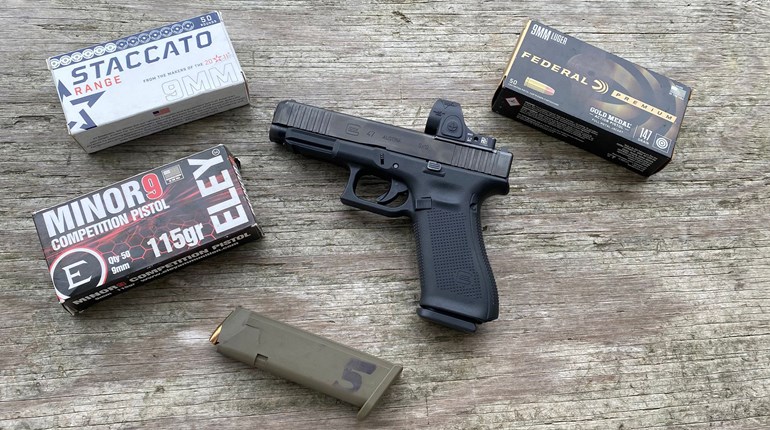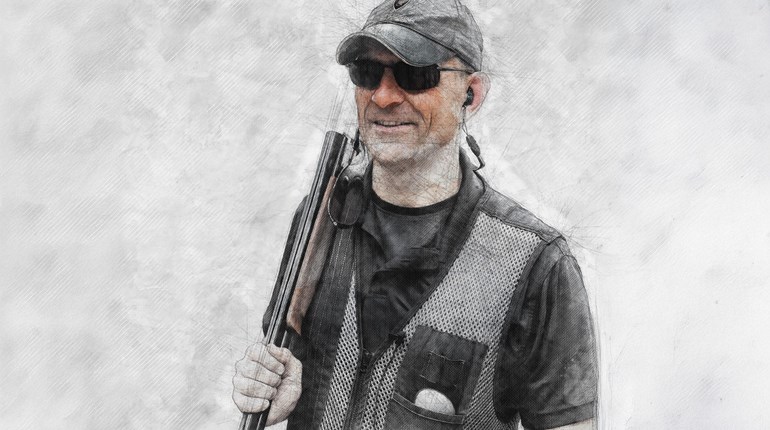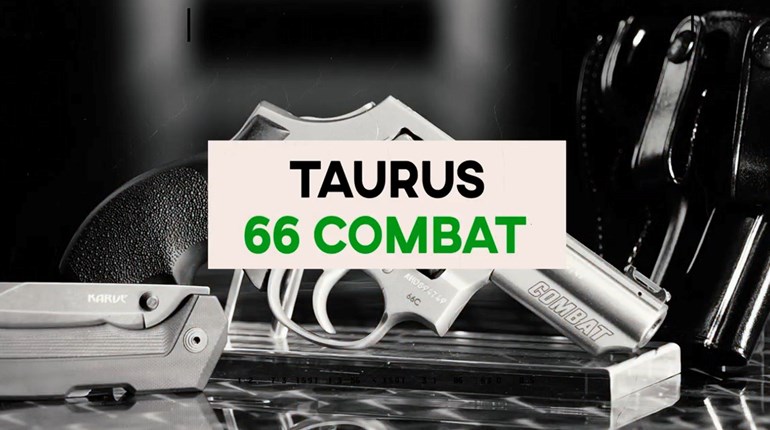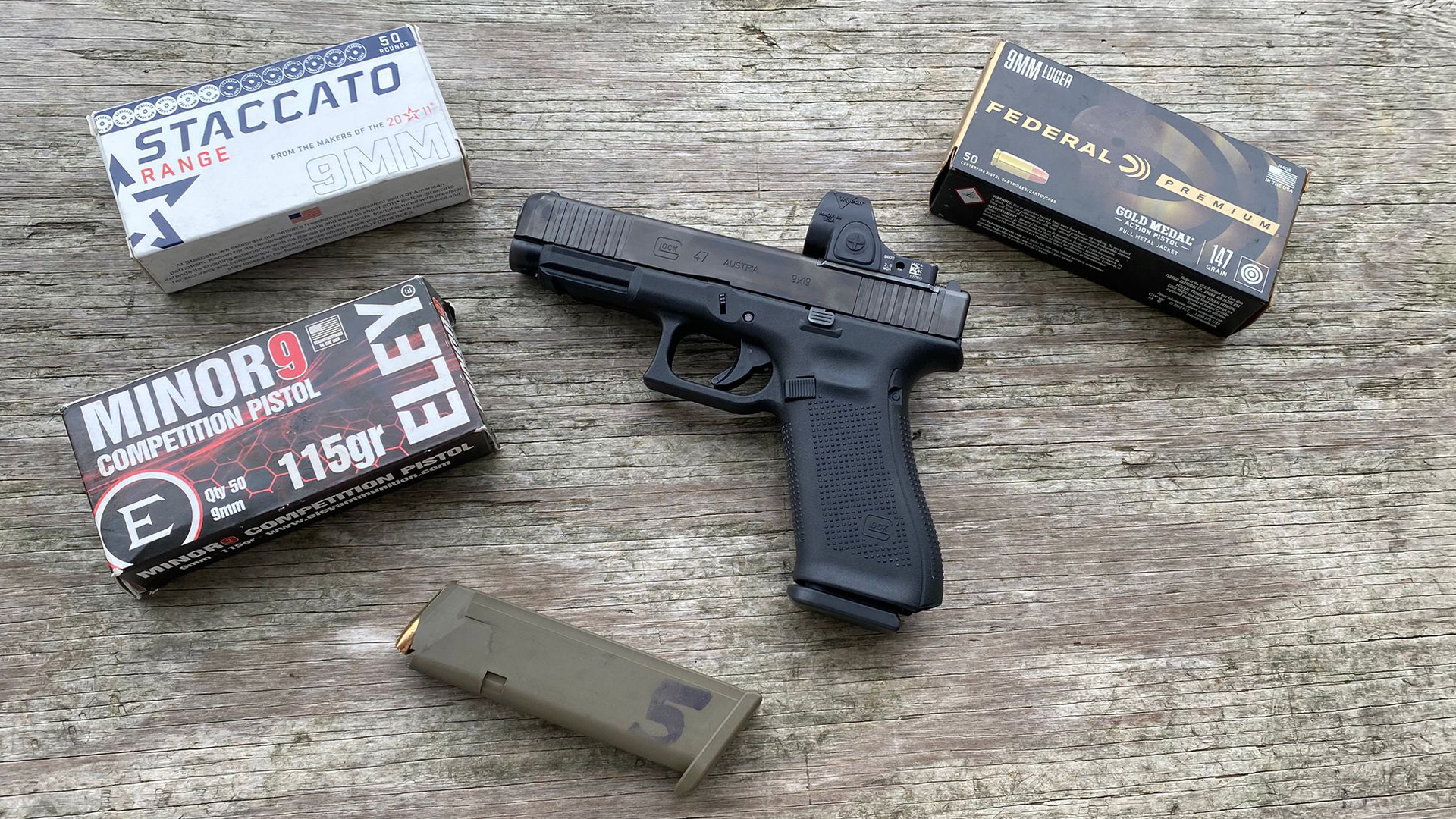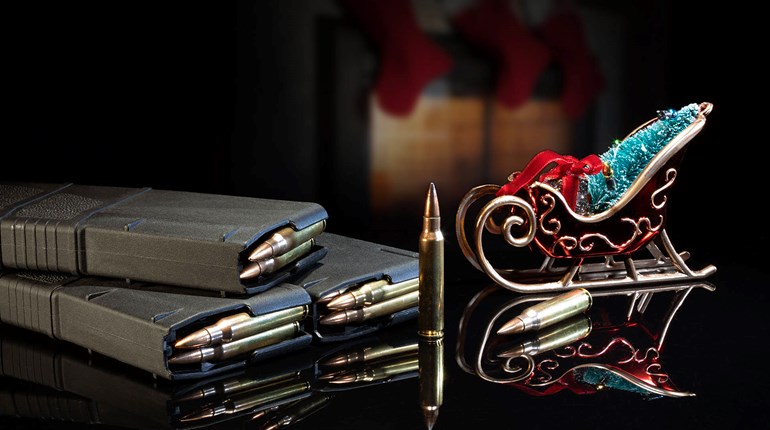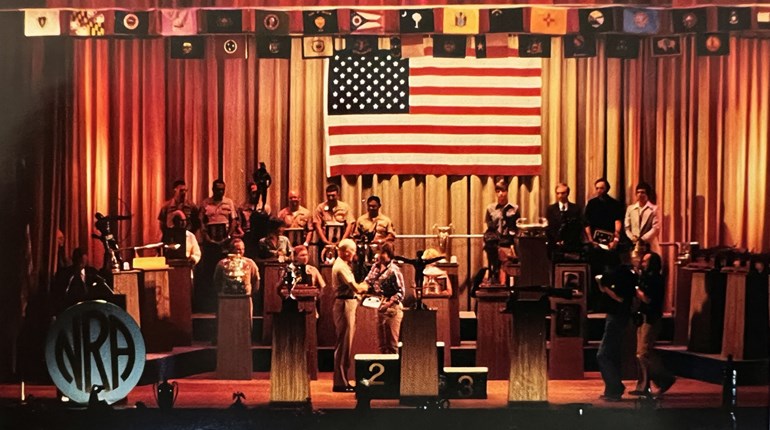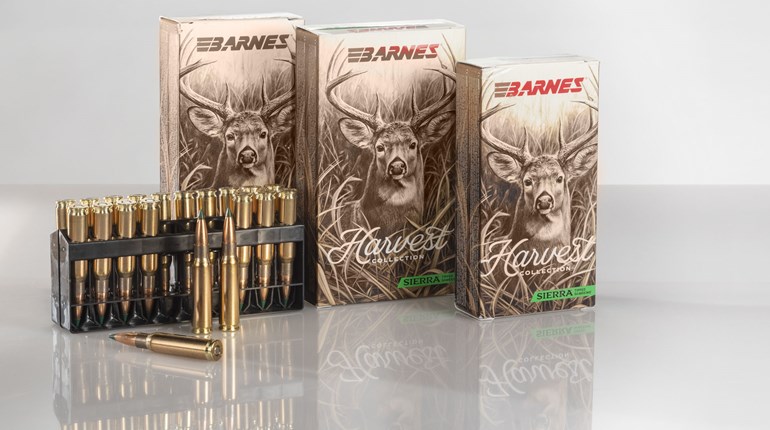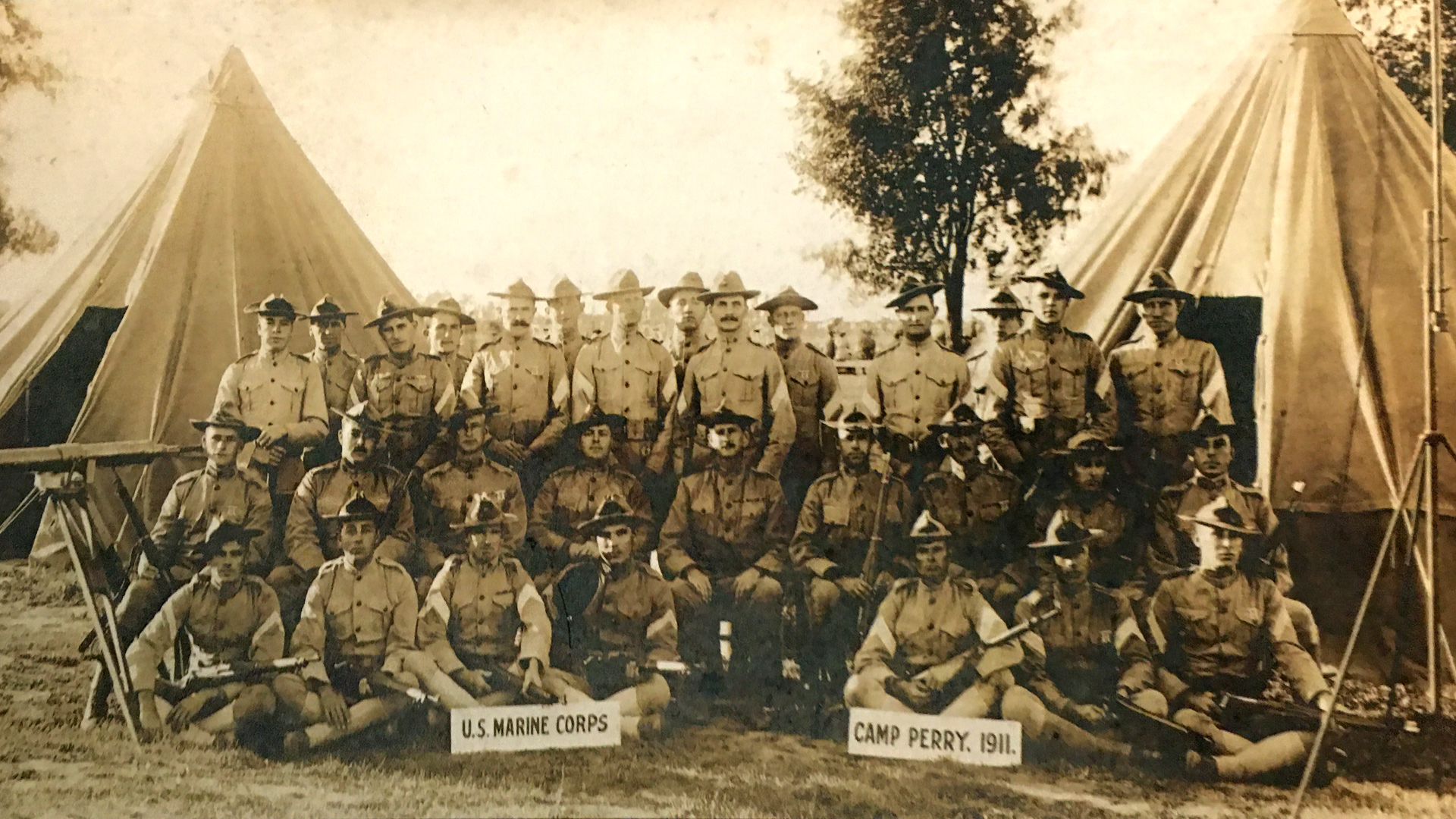
"Camp Perry has improved... Everything on this great big shooting ground which was so raw and new in 1907, has settled down and smoothed out."
—Arms and the Man, August, 1911

The year 1911 offered a mixed bag of events as the paths of momentum and uncertainty crossed. Just as Camp Perry was taking shape and drawing praise, its future as the National Match site was challenged.
A January editorial in the Army and Navy Journal reported that "It is planned by the War Department to hold the match on the government range at Sparta, Wisconsin, if this plant is ready." NRA officials were ready to follow with their matches if such was the case, but Sparta was not available as of May and a supplemental government order declared that Camp Perry remain the National Match location.
The site change issue did not go away, however, as a subsequent Army and Navy Journal article stated that "It is considered probable that the National Matches for 1912 will be moved from Camp Perry to the new range of New York, at Blauvelt, back of Nyack, or to the government range at Sparta, Wisconsin. In the future, it will be the policy of the War Department to move the contest from one part of the country to another, so as to interest different states in rifle practice."
Elevating interest in marksmanship was a hot topic that surrounded the 1911 National Matches when only 42 out of a possible 56 state and service teams took part. Just eight years earlier, 15 times comprised the first National Team Match field, but a series of developments and Camp Perry's reputation raised the levels of expectations. That some militia teams did not participate might be explained by a stipulation in Section 1661 of the Revised Statutes, a law that had been in existence and allowed money for transportation to the National Matches from allotments provided to states and territories. Some officials however, given stipends based on factors such as size and population of their states, opted to spend their money on things other than team travel to the National Matches. This situation prompted National Board and NRA officials to appeal for a lump sum National Match appropriation to put all states—regardless of size—on equal ground.

Congressional activity this year included the approval in March of a law (36 Stat. 1058) which, like in 1910, authorized $10,000 in National Match funding under the heading "National Trophy and Medals for Rifle Contests." This year however, the phrase "members of rifle clubs and civilians" appeared for the first time in the text which implied that civilian teams were eligible to compete for the National Trophy since their participation in the individual government matches was already allowed. But despite this year's apparent nod for national team participation and the inclusion of the same civilian endorsement in appropriation text thereafter, no civilians fired in the team match, and no reference on the subject appears in annual meeting minutes of either the National Board or NRA. In fact, names of civilians did not surface in National Team Match results until 1916 when, not coincidentally, the passage of the National Defense Act that year led to the funding for their transportation to the National Matches.
New matches and trophies, plus a first-time National Team victory for the Marines fueled the enthusiasm associated with the National Matches of 1911 despite uncertainties linked to a variety of procedural policies such as team selection methods and cash prize distribution. Heading the list of concerns, however, was a subject that arose the year prior—conducting the program on a biennial basis due to conflicts with staffing and attendance during the Army's scheduled summer maneuvers on even years. "It seriously embarrasses the Army," reported the Army and Navy Journal, "to send such a large force of troops and detail the necessary officers that are required to conduct the match... the National Matches seriously interfere with the summer work of the Army."
Holding interstate matches on years that the Army conducted its maneuvers was a suggestion geared toward keeping the interest in competition alive and a step toward the same was enacted via the War Department's General Order, No. 40, earlier in the year when the 1910 National Team Match winner, the Army Infantry Team, was prohibited from competing as the same unit in 1911. Likewise, 10 members of the second-place Marine Corps Team from 1910 were prohibited from returning, as were eight from the third-place Cavalry Team, thus imposing the tightest elimination rule restrictions yet. "It will be seen," reported the Army and Navy Journal, "that under the new competition the Army Infantry Team must be composed of all new men... It is believed that these conditions will add to the interest of the match."

The practice whereby three classes competed within the National Team Match proved a popular method of keeping teams interested as four prizes were awarded in each class. And despite the elimination rule, the top two teams from 1910 finished as the top two teams in 1911, in reverse order. The Marines' victory in Class A came by way of a record skirmish run at the end to overtake the Infantry. Sgt. Charley King of Iowa earned National Individual honors and the Military Champion title, while the Navy's Capt. E.D. Myrick secured the National Revolver title with a borrowed gun and no prior experience.
The NRA Matches that preceded the Board events featured a new contest, the Enlisted Men's Team Match, while the popular Wimbledon Cup was won a second consecutive time by the Infantry's Capt. Guy Emerson. The Leech Cup and President's Match were won by Lt. S.W. Anding and Marine Cpl. Calvin A. Lloyd, respectively, and the latter contest featured the debut of the Cavalrymen's Cup, awarded to the high placing cavalryman in the match.
"It [Enlisted Men's Team Match] proved a popular match and has come to stay. Nineteen entries for the first competition is very good. It is four more teams than the National Matches had its first year."
—NRA Annual Report, 1911
Behind the firing lines, the NRA put its historic trophies on display for the first time and the tent in which they were exhibited was equipped with lights for nighttime viewing. Lighting was also an amenity added to the popular recreation tent that was introduced the year prior, which enabled the facility to accommodate the NRA's Annual Meeting. A "moving picture plant" was also featured in the ten this year, courtesy of Chaplain Dickson of the 26th Infantry, who received favorable comment for his innovative and outgoing demeanor as well as his method of transport, which, according to Arms and the Man, was "a trim, olive-drab automobile which allow[ed] the energetic chaplain to get about... almost as speedily as an aviator... The efforts of the chaplain to entertain the men and keep them in camp at night are appreciated. His entertainments have large audiences."
The evolutionary atmosphere that surrounded the National Matches was as evident as it was eclectic. The first "Squaw Camp" reference was made this year to describe the women-only housing near the clubhouse, while just 100 yards north of the executive office, a trap house was erected for shooters to use in their down time. Many were able to take advantage of the shotgun opportunity given that a new system of telephones was in place this year, which enabled range personnel to conduct rifle and pistol matches more efficiently. And something as rudimentary as a blackboard behind the firing line was declared an innovation, while matters on the range prompted such post-match recommendations as easing restrictions on the "as issued" rifle policy in the Board events and adding moving target events to the NRA program.

Photo: Allowed to participate in the National Matches after a mix-up in the wording of the authorization bill (that left them out) had been remedied, the U.S. Marine Corps fielded skilled riflemen and highly competitive teams on an annual basis. In 1911, the team posted its first major victory by winning the National Trophy Team Rifle Match.
Read more: NRA Annual Matches Move To Sea Girt In 1892













